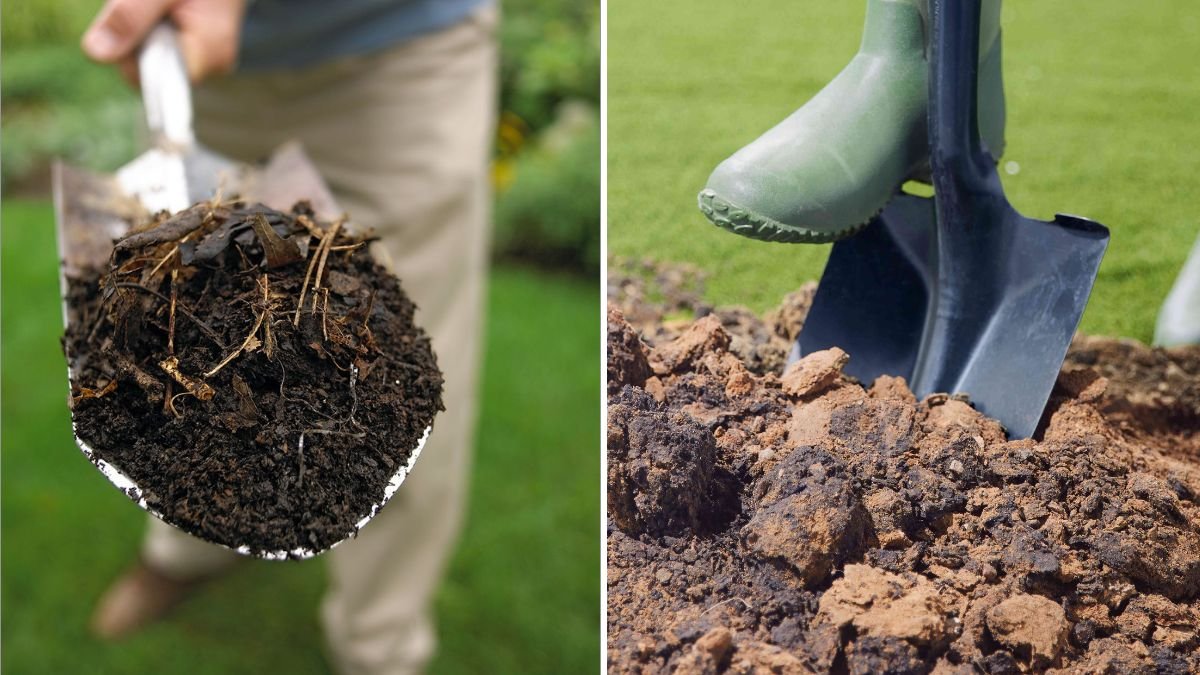Fertilizer can give your garden an instant boost—but too much of a good thing can do more harm than good. Overusing synthetic fertilizers might make plants grow quickly for a season, but it often leaves the soil depleted, compacted, and chemically unbalanced. Over time, excessive fertilizer use can kill beneficial microbes, disrupt nutrient cycles, and make your garden dependent on constant feeding.
If your soil seems tired, crusted, or less productive despite all the fertilizer you’ve added, it’s time for a reset. Here’s how to restore your soil’s natural balance, rebuild its structure, and bring life back into your garden.
1. Identify the Signs of Over-Fertilized Soil
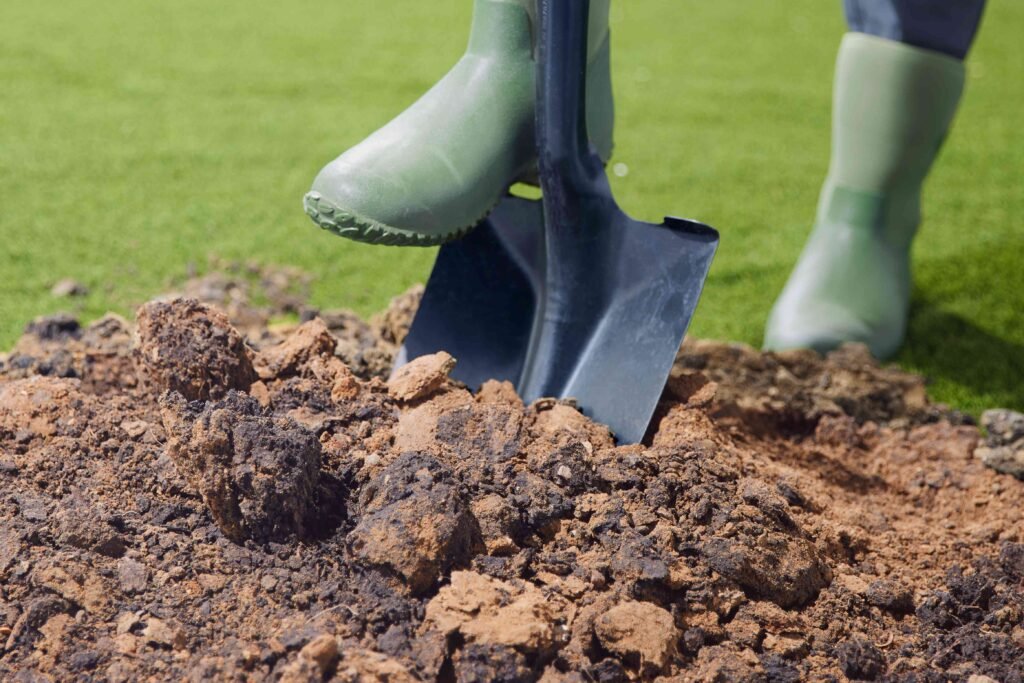
Before you can fix the problem, you need to recognize it. Common indicators of fertilizer overload include:
- Crusty white buildup on the soil surface (excess salts).
- Leaf burn or browning edges, caused by chemical stress.
- Stunted or yellowing plants, despite added nutrients.
- Hardened, compacted soil that repels water.
- Increased weed or pest problems, as imbalanced nutrients attract opportunistic species.
If you’re seeing one or more of these signs, your soil is likely suffering from nutrient toxicity or salt accumulation—a condition that blocks root growth and disrupts microbial life.
2. Stop Fertilizing Immediately
The first step is simple but essential: pause all fertilizer use—both synthetic and organic—until your soil recovers. Adding more nutrients to already overloaded soil only deepens the damage.
If you’ve been using water-soluble fertilizers or quick-release pellets, flush your soil thoroughly with water (a process called leaching). This helps dissolve and carry away excess salts that can otherwise build up around roots.
Leaching tip:
Water deeply and slowly for several days in a row, allowing moisture to penetrate at least 8–10 inches deep. Ensure proper drainage so you’re washing salts out—not just moving them around.
3. Test Your Soil’s Nutrient Levels and pH
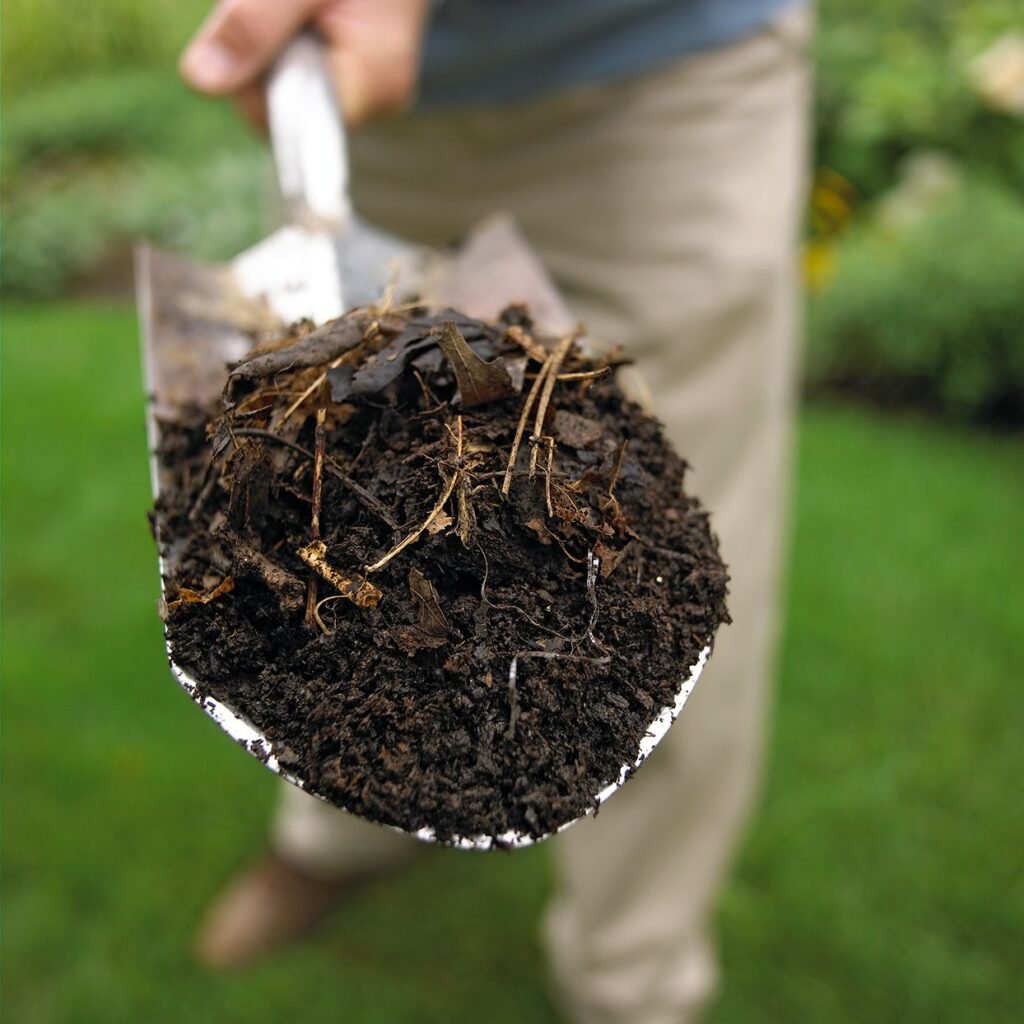
Once the immediate damage is under control, it’s time to understand the full extent of the problem. A soil test will show exactly which nutrients are out of balance—whether nitrogen levels are excessive, phosphorus is building up, or pH has drifted too far from ideal.
You can order a professional test from your local agricultural extension office or use a DIY kit for a quick snapshot.
Key readings to look for:
- Nitrogen (N): Too much can burn plants and leach into groundwater.
- Phosphorus (P): Excess prevents plants from absorbing other nutrients like iron and zinc.
- Potassium (K): High levels interfere with calcium and magnesium uptake.
- pH level: Fertilizer overuse often acidifies the soil (below 6.0) or makes it overly alkaline (above 7.5).
Once you have results, you can take targeted steps to restore balance rather than guessing.
4. Add Organic Matter to Rebuild Structure
Heavy fertilizer use tends to strip soil of its organic matter—the “glue” that holds nutrients and microbes together. To revive structure and fertility, add generous amounts of organic material such as:
- Compost (homemade or store-bought)
- Aged manure
- Leaf mold
- Coconut coir or peat moss
- Composted bark fines
These materials feed beneficial microbes, increase moisture retention, and improve the soil’s ability to buffer nutrients naturally.
How much to add:
Spread a 2–4 inch layer of compost over the soil surface and mix it into the top 6–8 inches. Repeat this every few months during the first year of recovery.
5. Use Cover Crops to Restore Balance Naturally
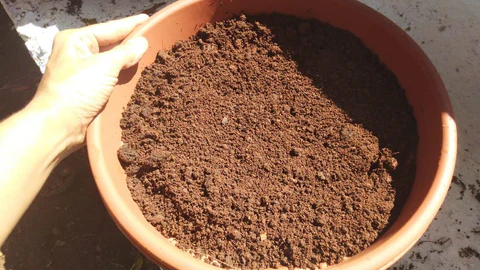
Cover crops—also known as green manures—are one of the most powerful tools for rehabilitating damaged soil. They act as living mulch, pulling up nutrients, preventing erosion, and feeding microbes when turned into the soil.
Depending on your season and climate, plant:
- Legumes (like clover, peas, or vetch): Fix nitrogen naturally without synthetic inputs.
- Grasses (like rye or oats): Scavenge excess nitrogen and improve soil texture.
- Brassicas (like mustard or radish): Break up compacted soil and suppress disease.
After several months, cut down the cover crop before it flowers and till it lightly into the soil. As it decomposes, it enriches the soil with organic matter and slow-release nutrients.
6. Encourage Microbial Life
Healthy soil is alive—with billions of bacteria, fungi, and nematodes working together to recycle nutrients and support plant growth. Over-fertilization can kill these organisms, leaving soil sterile and unproductive.
To restore microbial diversity:
- Add compost tea or worm castings to introduce beneficial microbes.
- Avoid chemical pesticides and herbicides, which further disrupt soil life.
- Use mulch (like straw or wood chips) to create a stable, moist habitat for microbes to thrive.
You can also inoculate your soil with mycorrhizal fungi, which form symbiotic relationships with roots—helping plants access nutrients that fertilizers alone can’t provide.
7. Balance Nutrients with Natural Amendments
After the soil test, you’ll know which nutrients are depleted or in excess. The goal is to rebalance slowly and naturally, using organic or mineral amendments that improve long-term health rather than providing a quick fix.
- If nitrogen is high: Add carbon-rich materials like straw, shredded leaves, or wood chips to tie up excess nitrogen as they decompose.
- If phosphorus is high: Avoid bone meal or phosphate fertilizers and grow crops like oats or buckwheat that absorb excess phosphorus.
- If potassium is high: Avoid kelp meal or wood ash, and focus on nitrogen-fixing cover crops.
- If soil is acidic: Add agricultural lime or crushed eggshells.
- If soil is alkaline: Mix in sulfur, peat moss, or pine needles to gradually lower pH.
Rebalancing takes time—think in seasons, not weeks—but the result will be naturally fertile, self-sustaining soil.
8. Improve Drainage and Aeration
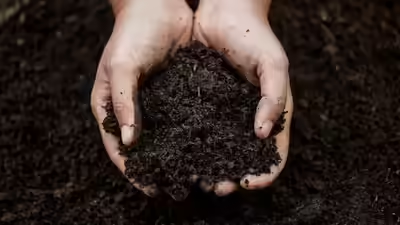
Compacted soil is a common side effect of fertilizer overuse and poor watering habits. Compaction blocks oxygen flow, limits root growth, and worsens salt accumulation.
How to fix it:
- Loosen the soil with a garden fork or aerator, avoiding deep tilling that disturbs microbial layers.
- Add coarse organic materials (like bark or composted straw) to improve porosity.
- Consider raised beds if drainage is persistently poor.
Healthy, airy soil allows roots and microbes to breathe again—an essential step in recovery.
9. Transition to Sustainable Fertilizing Practices
Once your soil is on the road to recovery, it’s crucial not to repeat the same mistakes. Shift from chemical dependency to a sustainable feeding approach:
- Use slow-release organic fertilizers such as compost, worm castings, or fish emulsion.
- Feed based on soil tests, not habit or calendar dates.
- Fertilize only during active growth periods, not in dormancy.
- Mulch regularly to reduce nutrient leaching and retain soil moisture.
This balanced approach ensures your plants get what they need—no more, no less—while your soil continues to regenerate naturally.
10. Be Patient—Soil Recovery Takes Time
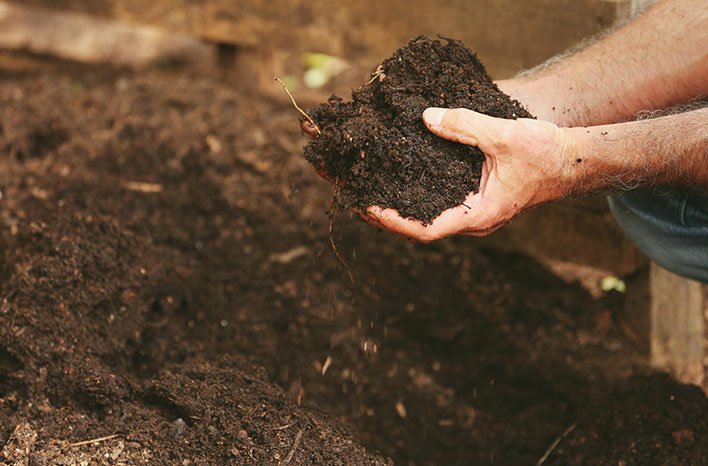
Reviving soil after heavy fertilizer use isn’t an overnight fix. Depending on the extent of damage, full recovery can take one to two growing seasons. During this time, focus on nurturing life below the surface, not forcing quick above-ground results.
Monitor your soil’s texture, smell, and plant response. Healthy soil should feel crumbly, smell earthy (not chemical or sour), and support strong, evenly green growth without constant feeding.
Final Thoughts
Your garden’s vitality begins with the soil. While fertilizers can give plants a temporary push, long-term health depends on a thriving underground ecosystem. By flushing out excess salts, replenishing organic matter, encouraging microbes, and shifting to sustainable nutrient management, you can rebuild balance and resilience.
Reviving soil isn’t just about fixing damage—it’s about restoring harmony between nature and nurture. Once your soil is alive again, it will reward you with lush growth, vibrant blooms, and harvests that keep improving year after year—no chemical crutches required.
